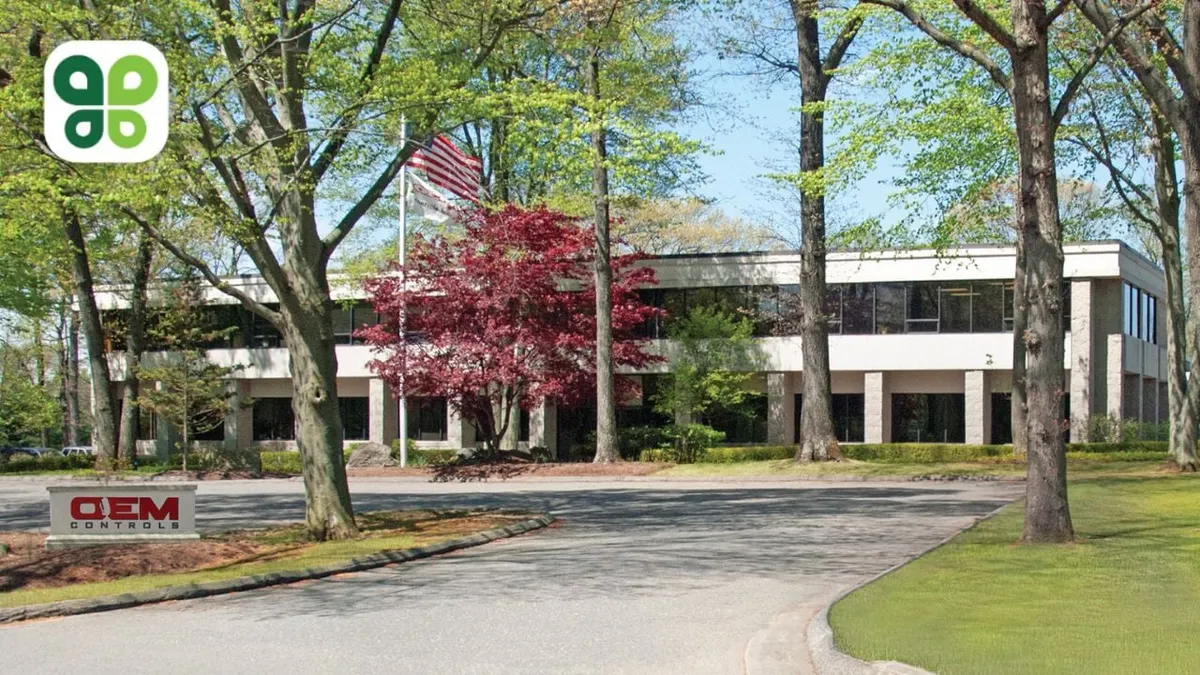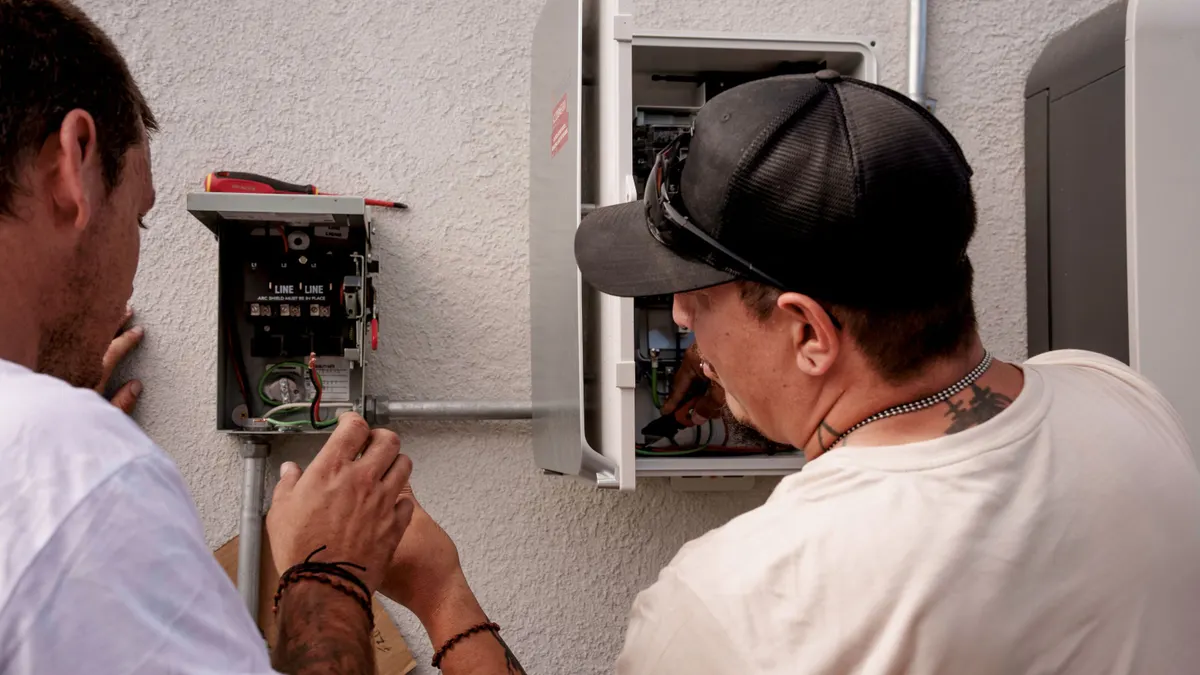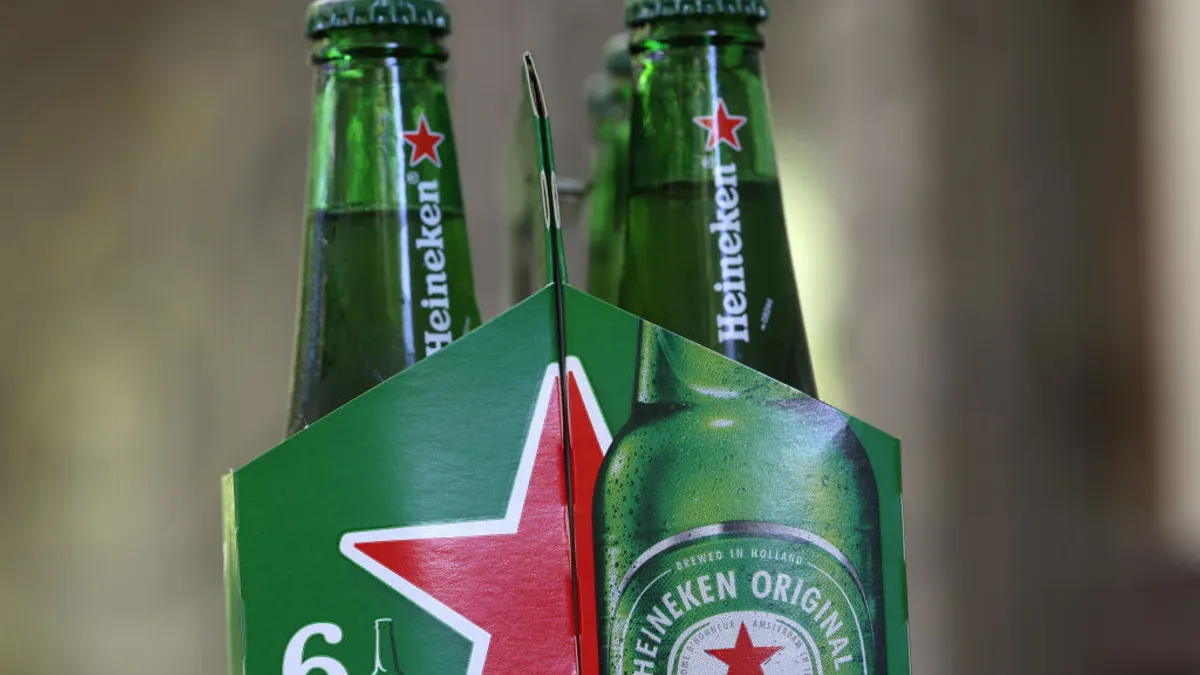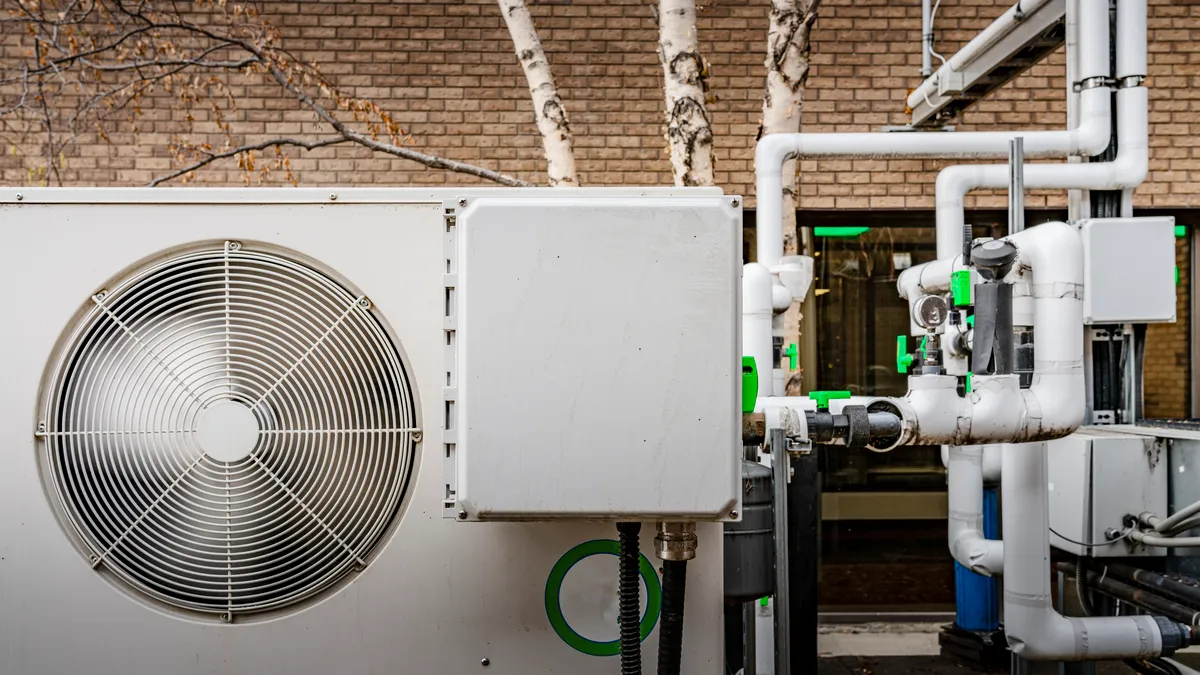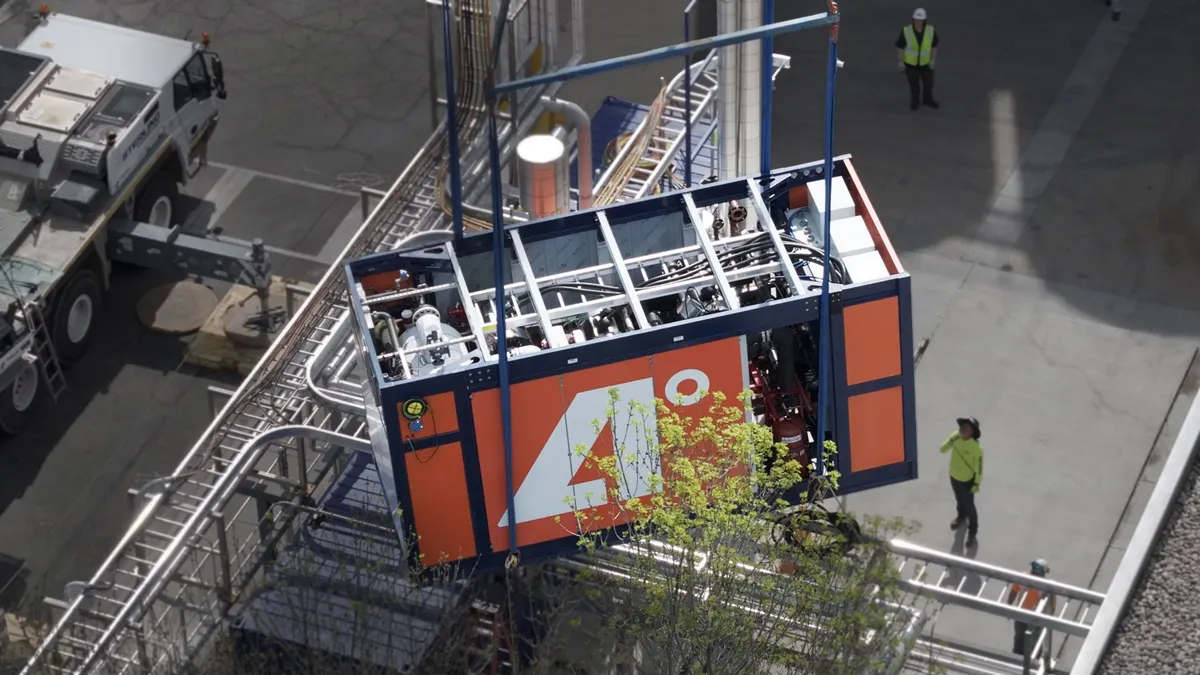In a step that moves energy management company Budderfly further into deals with manufacturers, the company today announced an agreement to upgrade and manage the energy infrastructure of OEM Controls in a project that will include a rooftop solar system, replacement of 18 HVAC units with ultra-high performance models and LED lighting retrofits.
The project is expected to cut annual energy use at the 75,000-square-foot Shelton, Connecticut, facility of the electrohydraulic control systems manufacturer by more than 30%, Budderfly said.
The agreement represents a new focus for the energy-as-a-service company as it looks to expand its services into the manufacturing market and other economic sectors that haven’t seen a lot of the EaaS deals. Budderfly has mostly focused on franchise commercial locations, with customers including McDonald’s, Dunkin’, Planet Fitness and Goodwill.
“This partnership proves that the future of manufacturing isn’t decades away,” Al Subbloie, CEO of Budderfly, said in an interview. “It’s happening right now. As energy costs and supply chain pressures mount, the manufacturers that move first will win.”
Aging infrastructure and rising energy costs are common challenges in manufacturing, says Keith Simons, co-president of OEM Controls.
“By modernizing our systems, we’re proving that even mid-sized manufacturers can take decisive, cost-effective steps toward a more sustainable, resilient future,” he said in the announcement.
In an agreement with another manufacturer earlier this year, Budderfly entered into a 15-year contract with The Gilman Brothers Company, a Connecticut-based foamboard manufacturer. That project includes a $1.5 million solar installation that is expected to help reduce the company’s energy costs by up to 30% and cut in half its carbon emissions from electricity.
The move into economic sectors the company hasn’t focused on before, like manufacturing, fitness centers and state facilities, have helped Budderfly reach an average 66% year-over-year growth rate for three years, the company said earlier this month in an earnings release. Over the past 12 months, it expanded its energy under management by 46% from 233.8 megawatts to 340.8 MW while delivering a 39% increase in energy savings and carbon reductions across its customer portfolio, the company reported.
“We're adding a couple thousand sites a year,” Subbloie said. “We're still majority restaurant, multi-location, but we've got great in-roads. [Manufacturers] seem to be a little ignored in this space.”
As the company moves into these other areas, the size of the buildings that it serves will increase, changing how it determines which energy saving strategies make sense to deploy, Subbloie said.
“Buildings much bigger than 200,000 square feet [are] a big difference from a 3,600-square-foot McDonald’s,” Subbloie said.
Moving to larger, more complex buildings presents a challenge for the company, which earns revenue through its EaaS model by generating larger energy reductions than the client company contracted for.
“A Gilman or an OEM Controls … could be in the $4 or $5 [electrical cost per square foot range],” Subbloie said. “We do a little bit to manage that stuff. You could put certain controls on those, but you're still going to get a lot from HVAC. You're going to get a lot from lighting. You'd be surprised that their lighting is still a little behind the times in that market.”
Whether it’s a manufacturing facility, franchised restaurant location or other commercial building, many of the energy upgrades implemented by Budderfly stay the same, according to Subbloie. “We’re still banging [out] a lot of HVAC units,” he said. HVAC condition is in “an awful state.... As bad as you can imagine. We’re replacing somewhere between 70% and 85% of what we need. I think we’re the country’s largest demand of cranes these days, because these [HVAC units] are heavy and we’re getting pretty good at it.”
This year, the company will have put in 1,000 new HVAC units, with about a 55% reduction in energy use compared with the ones replaced, Subbloie said.
The OEM Controls project will also integrate Budderfly’s real-time energy monitoring and data management platform to help the manufacturer track savings and verify emissions reductions to comply with sustainability reporting requests from customers, according to the release.


